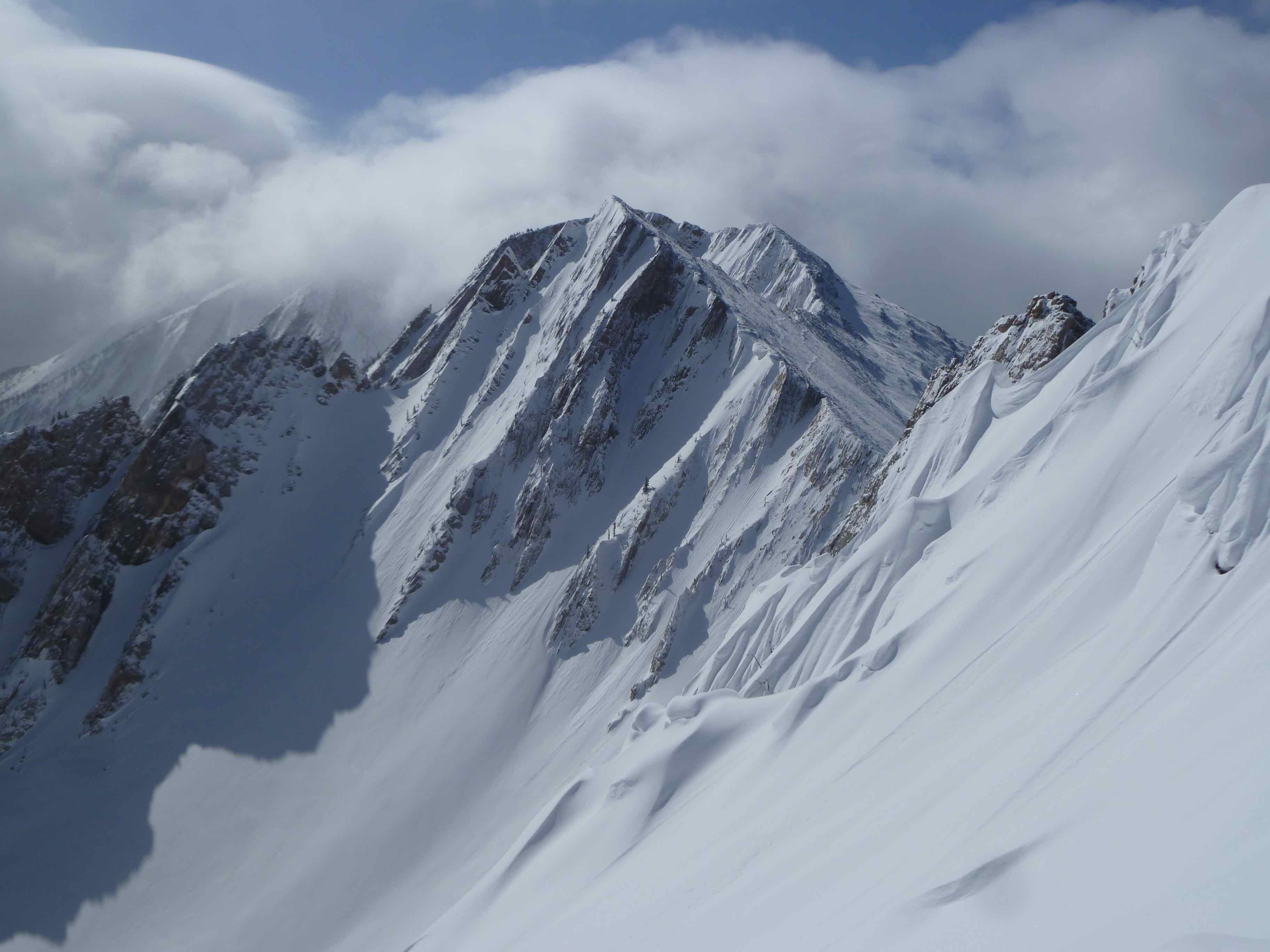A contributor to avalanche accidents?
By Eric Knoff EBS Contributor
Impulse decision-making may lead backcountry travelers into harm’s way, because when riding in the backcountry, one bad decision can offset multiple good ones. Looking at avalanche accidents through this lens, a question arises: Were the decisions that contributed to an avalanche accident made with thought and measurable information, or were they made impulsively?
In avalanche accidents, it’s well documented that the victim, or victim’s party, often observed red flags such as new snow and wind, cracking or collapsing of the snowpack, or recent avalanche activity prior to triggering a slide. If obvious clues of instability are present, especially for those educated in avalanches, why are decisions made to proceed in avalanche terrain?
We are all susceptible to impulse decision-making. I recall a personal impulse decision in the backcountry that resulted in a close call. My partner and I were standing on a steep rollover that appeared to be wind loaded. I watched my partner avoid the steep rollover and ski poor conditions down a safe, lower angle slope.
Instead of following my partner, I made a spur-of-the moment decision, jumped into the wind-loaded zone, saw cracks shoot all around me and was quickly caught in the avalanche. Fortunately, I was not buried or injured and skied out of the debris. This incident easily could have ended worse than it did.
Fresh snow and the freedom to make our own decisions are two dominant reasons we venture into the backcountry. These factors also have a substantial influence on impulse decision-making. The power and temptations of the backcountry can make us act spontaneously, sometimes with dire consequences.

Graham breaks the low probability/high consequence category into two subcategories—discretionary time and non-discretionary time. During a trip to the backcountry, very few decisions need to be made in the spur-of-the-moment. We almost always have the discretionary time to dig a snow pit, observe our surroundings, communicate with our partners and make educated, thoughtful decisions. This can help reduce risk exposure during low probability/high consequence events.
We know however, that unplanned events such as avalanches take place in the 
Good decisions require gathering available information. Many times I planned to ski in avalanche terrain, but turned around due to unstable results in stability tests or clues of instability such as cracking and collapsing. Taking the time to process this information and fully discuss it with your partners is critically important.
Once you turn the corner and act impulsively your only safety net is luck, which does not ensure a long and safe career in the mountains. Communication with your partners and conscious observations of your surroundings are good ways to mitigate impulsive actions. Digging a snow pit is also a great way to slow down, communicate, and base your decisions on actual data. The action of digging and doing a stability test helps us to avoid impulse decision-making.
Next time you venture into avalanche terrain, ask yourself: Have I taken the discretionary time to make an informed decision or is my next decision impulsive? Just asking that question might help eliminate impulsive actions and reduce the potential for a hazardous situation.
Eric Knoff is an avalanche forecaster for the Gallatin National Forest Avalanche Center. He’s been a public forecaster the past eight winters, and also spent four seasons as an avalanche forecaster for the Going-to-the-Sun Road plowing operation in Glacier National Park.
Visit mtavalanche.com to view the daily avalanche advisory for southwest Montana and send your snowpack observations to mtavalanche@gmail.com.











